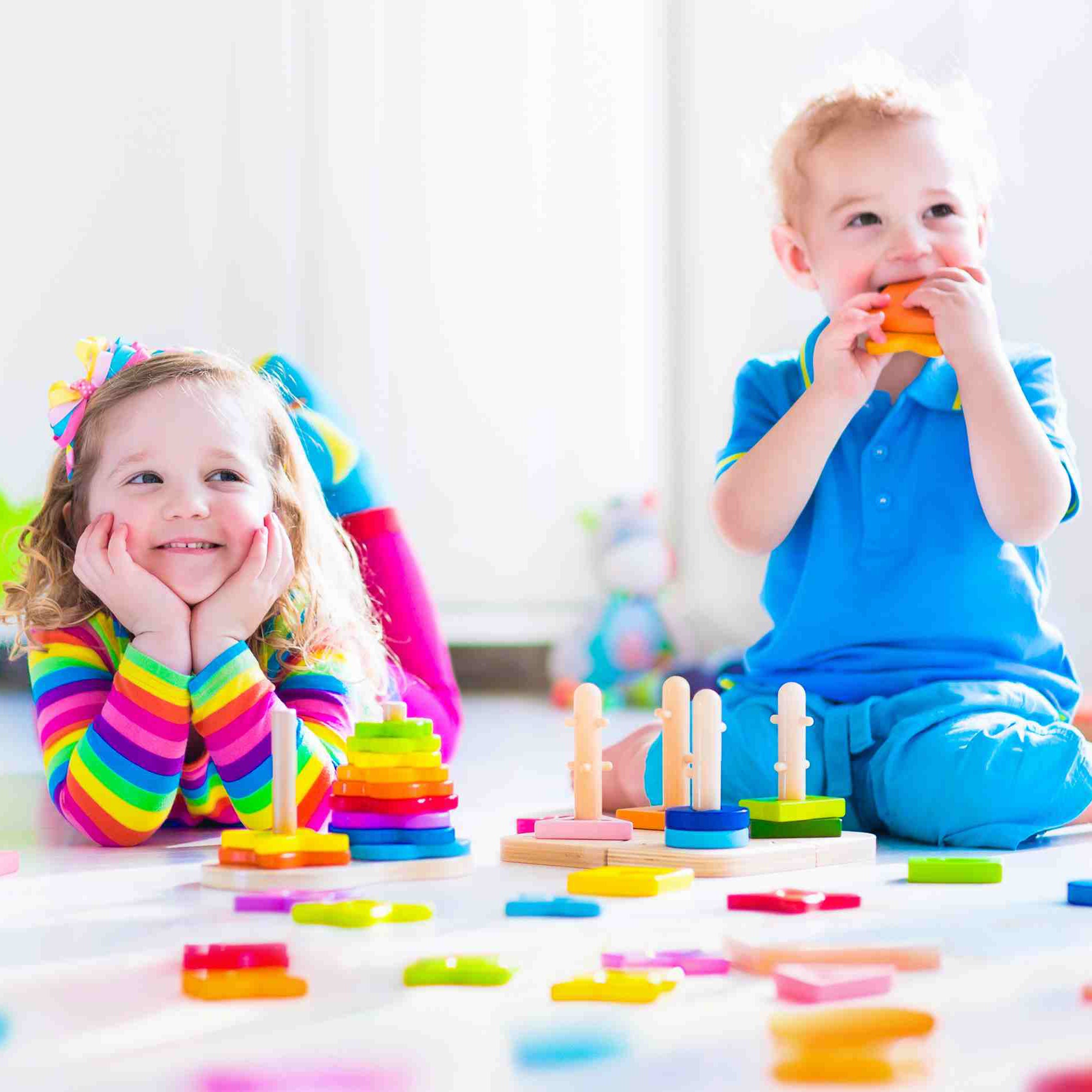All parents want to ensure their child is constantly growing and learning, and the time between infancy and childhood is imperative for laying the groundwork for emotional and educational development. Playing with toys is a big way that toddlers learn essential skills, but with so many available options, how do you know which toys are best? When it comes to child development, wooden educational toys are not only a timeless option loved by many generations, but also boast plenty of benefits for your little one. Here are five reasons as to why wooden educational toys for toddlers are a great investment.
- Encourage interaction and communication
These days, many parents are concerned about the effect of digital devices on their children’s health and development, and for good reason. A recent study from the Journal of the American Medical Association found that electronic toys actually decrease a child’s linguistic ability in comparison to traditional toys, such as wooden blocks. Silent wooden toys allow for toddlers to create their own noises during play, which is important as baby babble is essential for developing literacy skills. Electronic toys that come with inbuilt sound effects often result in solitary play with the toy, limiting the need for sociability and verbal interactions with others around them, such as parents or friends.
- Build fine-motor skills and hand-eye coordination
The chunky, heavier design of wooden educational toys for toddlers is intentional and actually assists in development. For example, basic shapes such as wooden blocks are ideal for stacking, and toddlers improve their fine-motor skills by learning to manipulate and grasp different shapes and sizes. In this way, learning how to carefully stack blocks to build towers, or thread wooden beads, also improves hand-eye coordination by teaching your child about placement and distance.
- Foster imagination and creativity
Wooden educational toys for toddlers are fantastic in that they are open-ended, giving the child control of how they choose to interact with them. Using their imagination, the simple designs and shapes of wooden toys encourage toddlers to come up with creative ways to play. For example, red circles can be apples when pretending to grocery shop, and wooden blocks can be cars or castles. The lack of pre-conceived purpose of the majority of wooden toys stimulate the child’s imagination to use the them in different play scenarios. Unlike their high-tech counterparts, the possibilities are limitless with humble wooden toys – your child becomes a creator, not simply a consumer.
- Are safe and durable
The non-toxic and natural properties of wood mean it’s safe for toddlers. Unlike plastic toys that can break easily into sharp pieces that can hurt your child (and be very dangerous if swallowed), wooden toys are hardwearing and ideal for little ones who often like to place objects in their mouths during playtime. Its antibacterial properties make wood naturally hygienic, and it’s also an eco-friendly, biodegradable alternative to plastic toys, which contribute to pollution and harm the environment.
- Grow with your child
A further reason as to why you won’t regret the addition of wooden toys to your child’s toy box lies in their versatility. Whilst most educational children’s products come with suggested age limits and a set purpose, a benefit of wooden educational toys for toddlers is that can they can be enjoyed both by preschoolers and throughout childhood. Their simplicity allows for imaginative play through many years, and can be utilised to assist in understanding more complex concepts such as geometry, maths and problem solving as the child’s abilities grow.
Looking to invest in toys that you children will love and grow with over the years? Check out our huge range of wooden educational toys for toddlers here.
